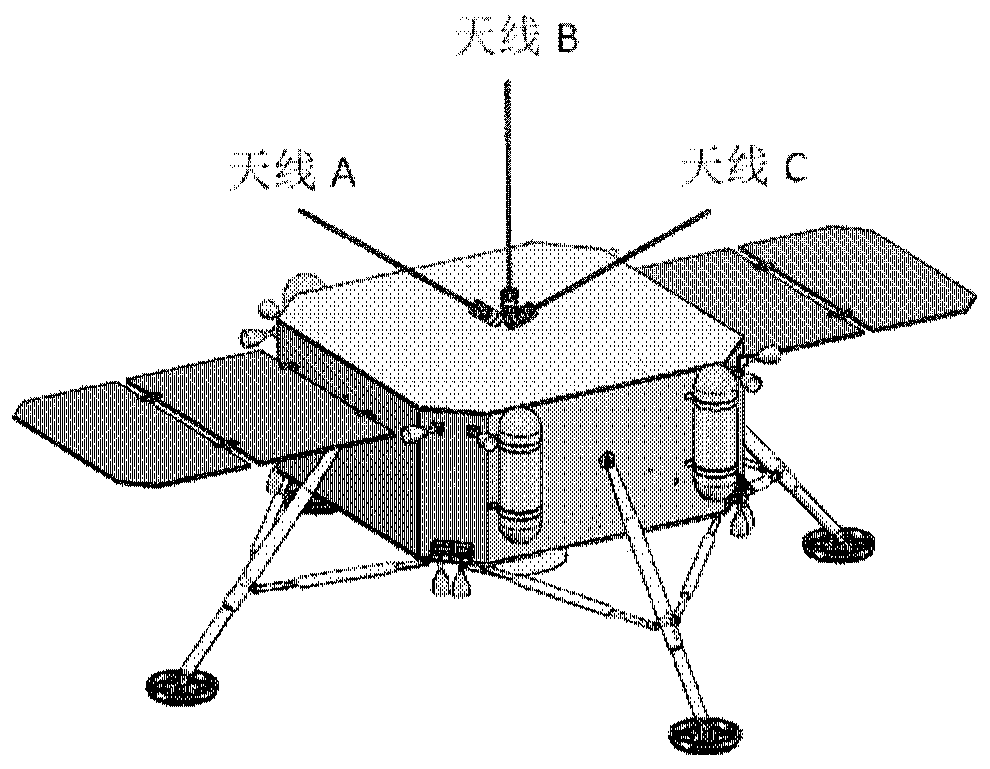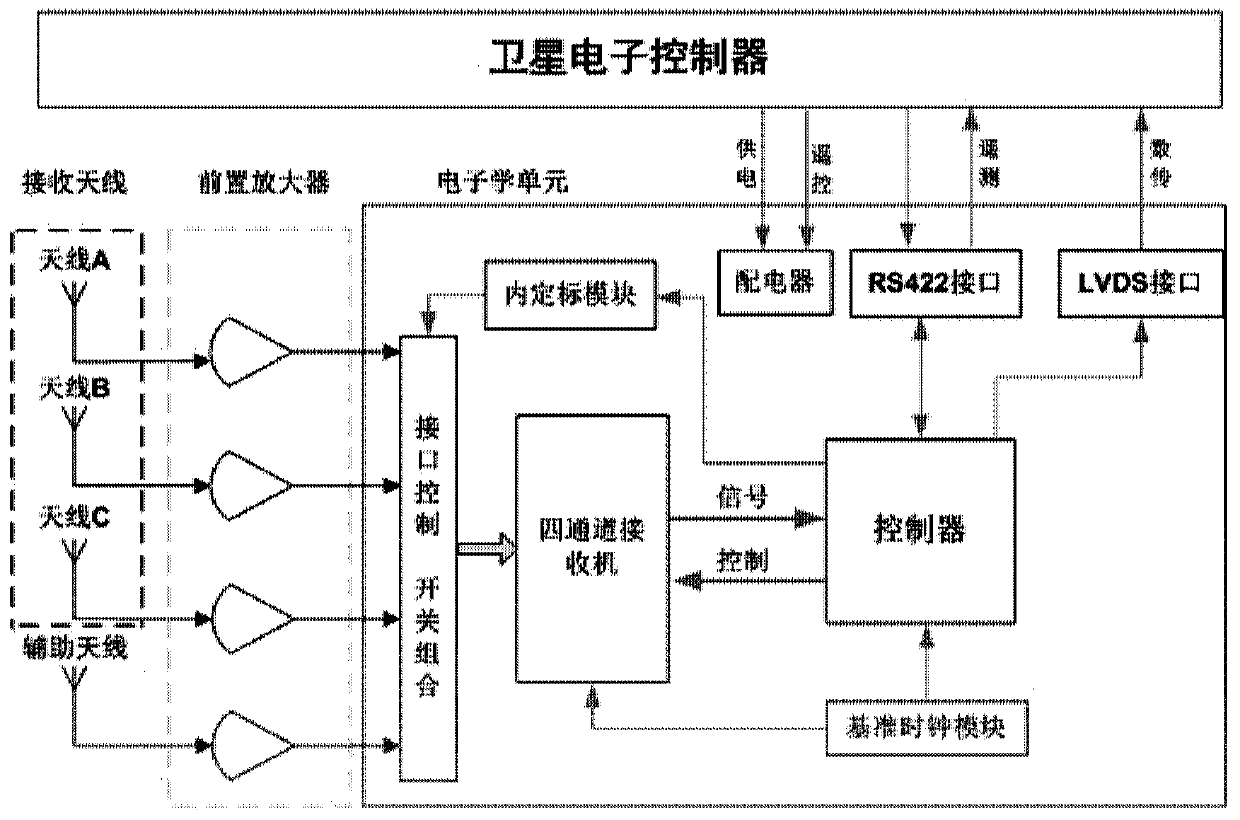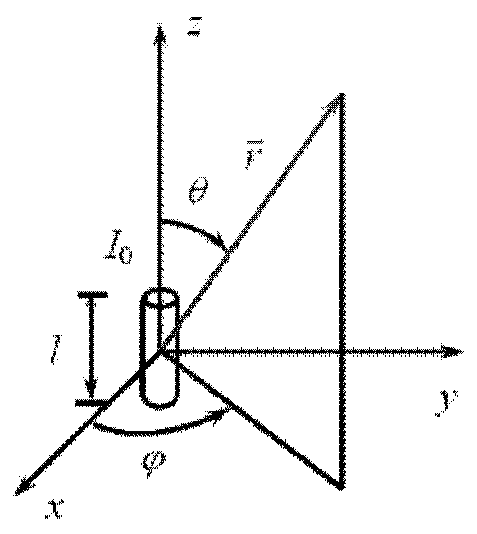Low-frequency radio astronomy observatory for cancelling electric field noise by utilizing auxiliary antenna
An auxiliary antenna, radio astronomy technology, applied in the direction of electromagnetic field characteristics, etc., can solve the problems of space low-frequency radio astronomy signal detection and processing difficulties, low-frequency radio signal interference and other problems
- Summary
- Abstract
- Description
- Claims
- Application Information
AI Technical Summary
Problems solved by technology
Method used
Image
Examples
Embodiment Construction
[0040] The incoming electric field in the sun and space is a vector signal. According to the vector theory, the incoming electric field can be decomposed into any three electric field components perpendicular to each other. Therefore, as long as these three electric field components are received separately, according to the electromagnetic wave propagation theory, the intensity and polarization characteristics of the entire incoming wave electric field can be obtained through post-analysis and processing of the three-component electric field observation data, and the spectrum of the electric field can also be obtained , time-varying and other information.
[0041] In order to make the object, technical solution and advantages of the present invention clearer, the present invention will be further described in detail below in conjunction with specific embodiments and with reference to the accompanying drawings.
[0042] It should be noted in advance that the low frequency invol...
PUM
| Property | Measurement | Unit |
|---|---|---|
| Length | aaaaa | aaaaa |
Abstract
Description
Claims
Application Information
 Login to View More
Login to View More - R&D
- Intellectual Property
- Life Sciences
- Materials
- Tech Scout
- Unparalleled Data Quality
- Higher Quality Content
- 60% Fewer Hallucinations
Browse by: Latest US Patents, China's latest patents, Technical Efficacy Thesaurus, Application Domain, Technology Topic, Popular Technical Reports.
© 2025 PatSnap. All rights reserved.Legal|Privacy policy|Modern Slavery Act Transparency Statement|Sitemap|About US| Contact US: help@patsnap.com



